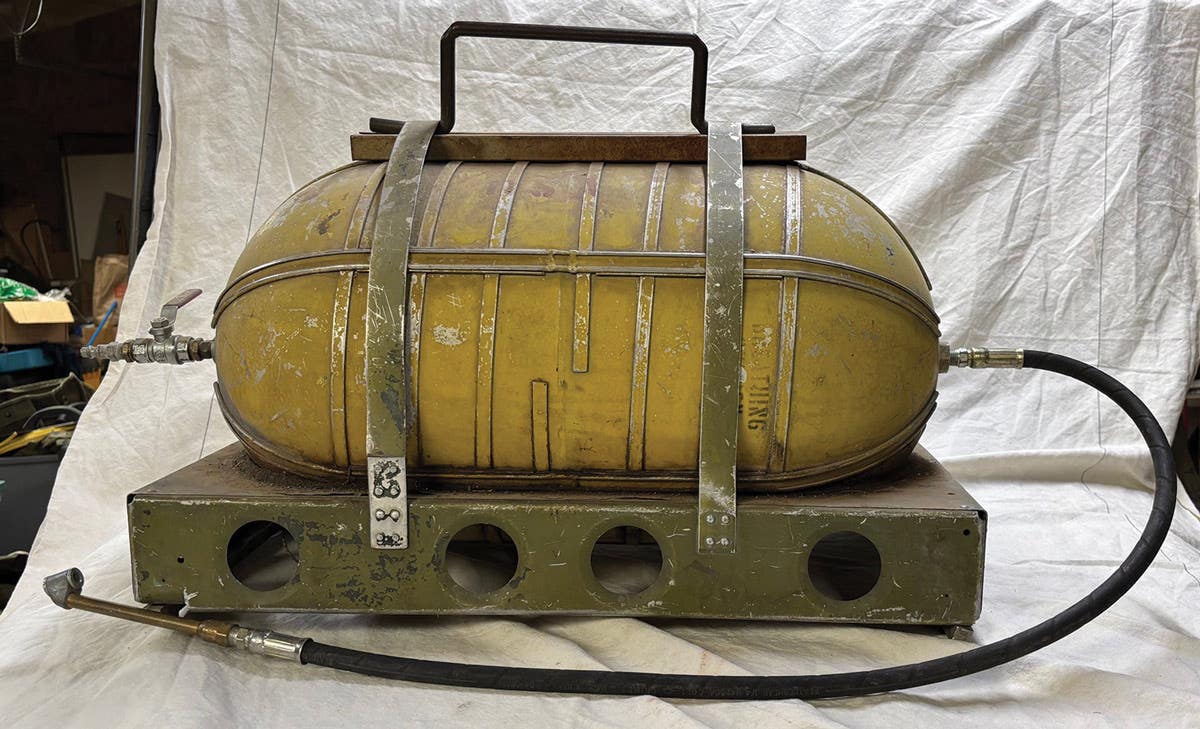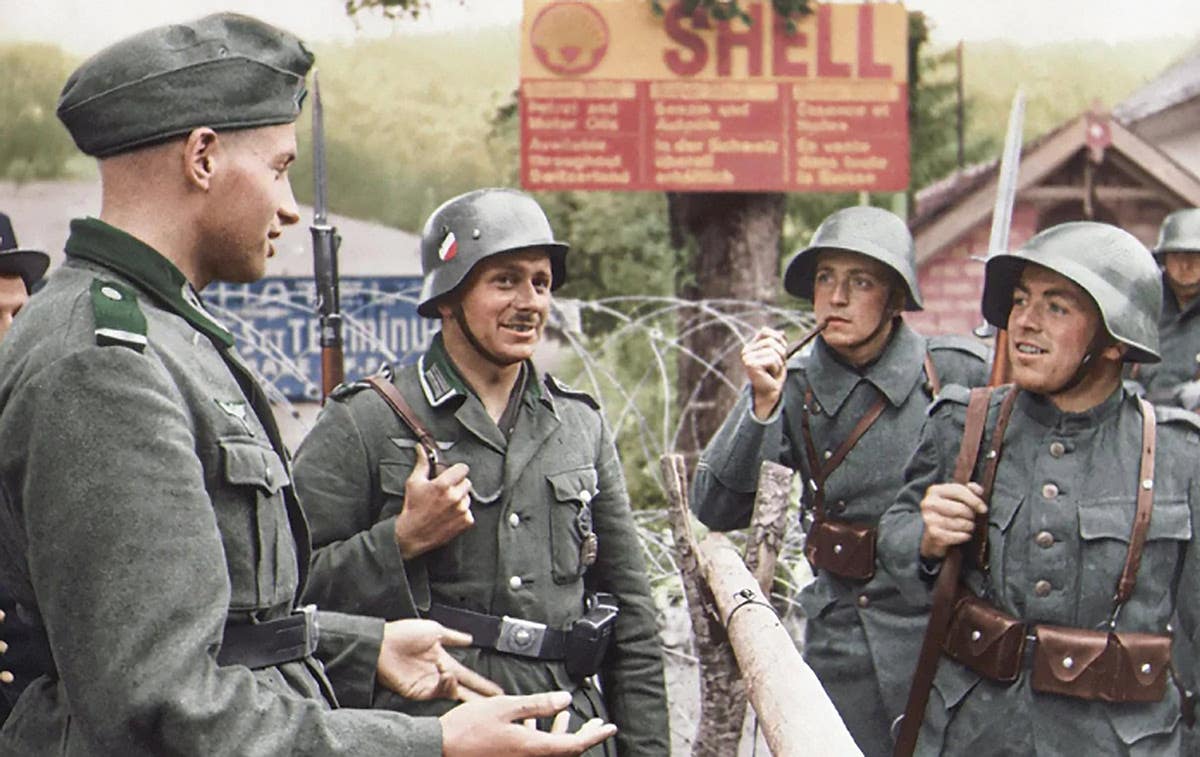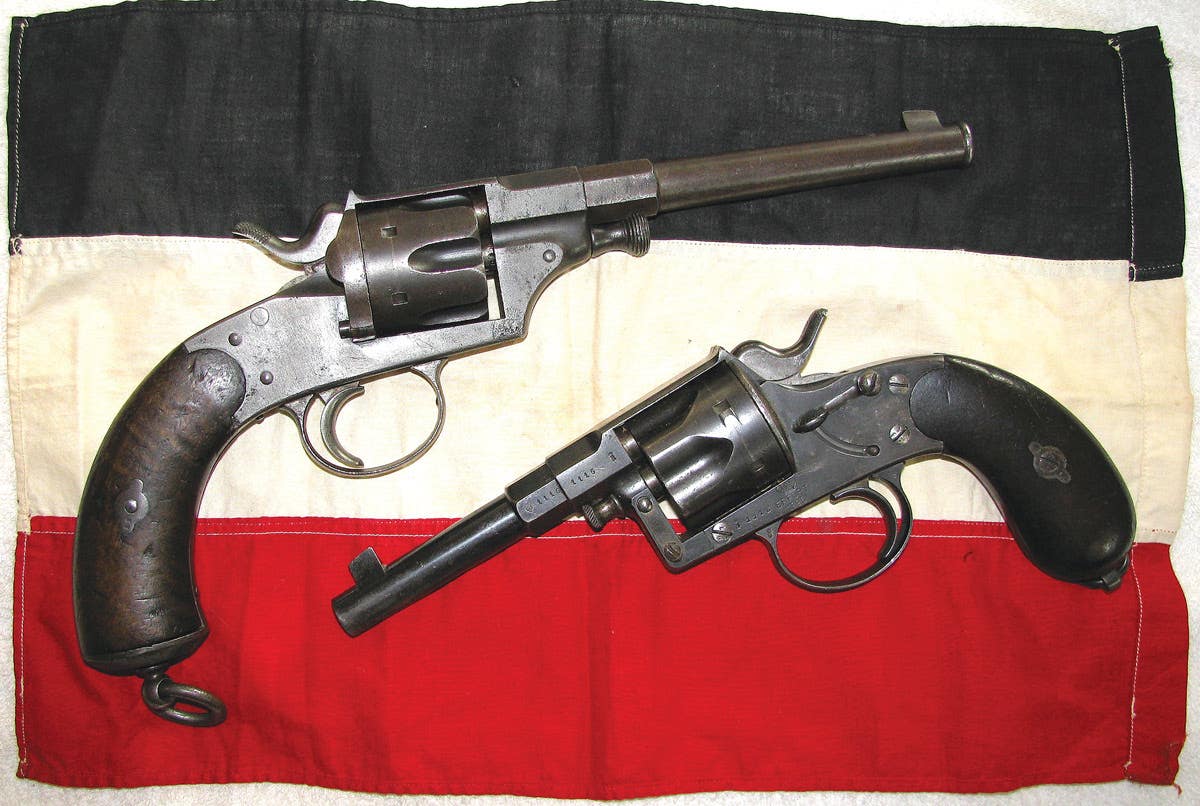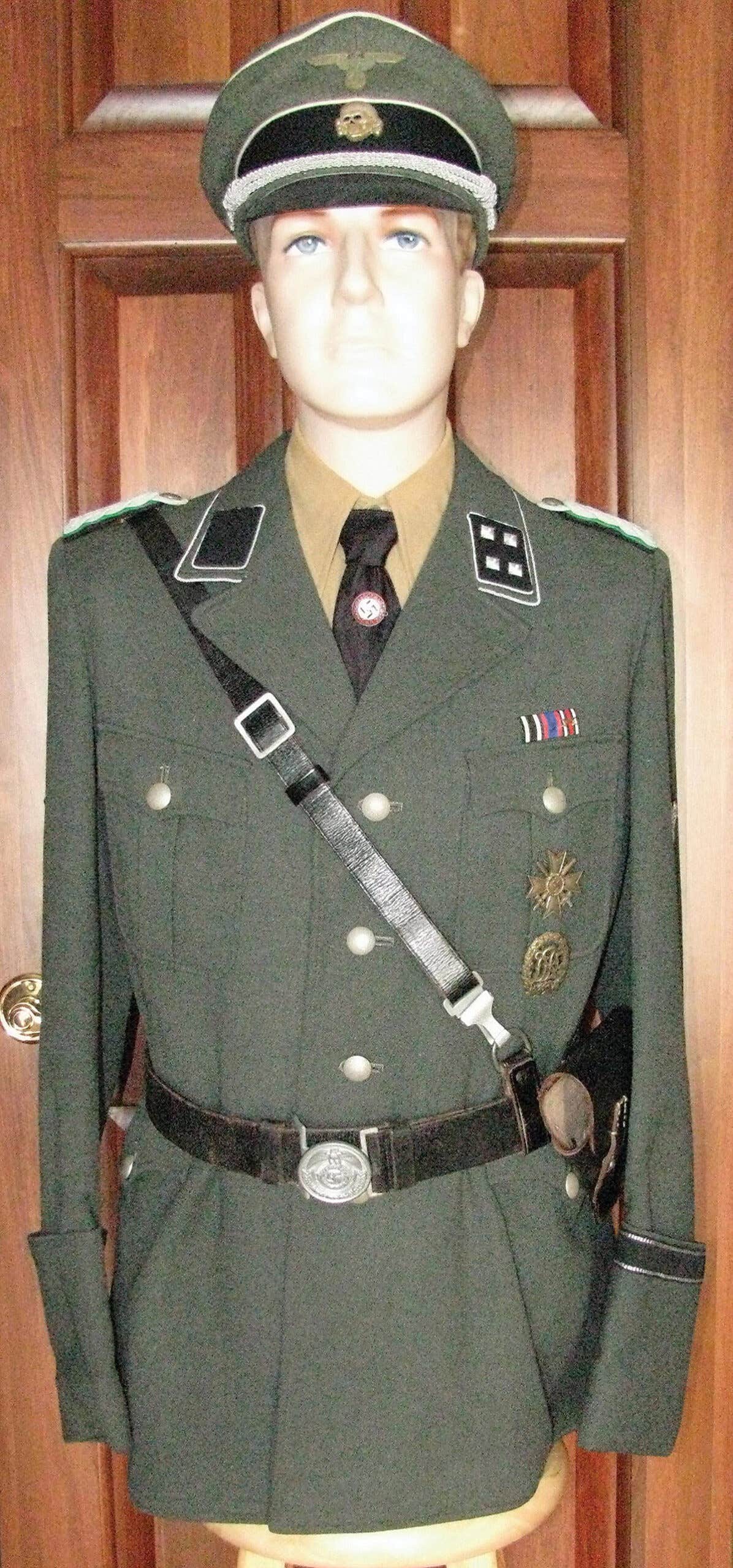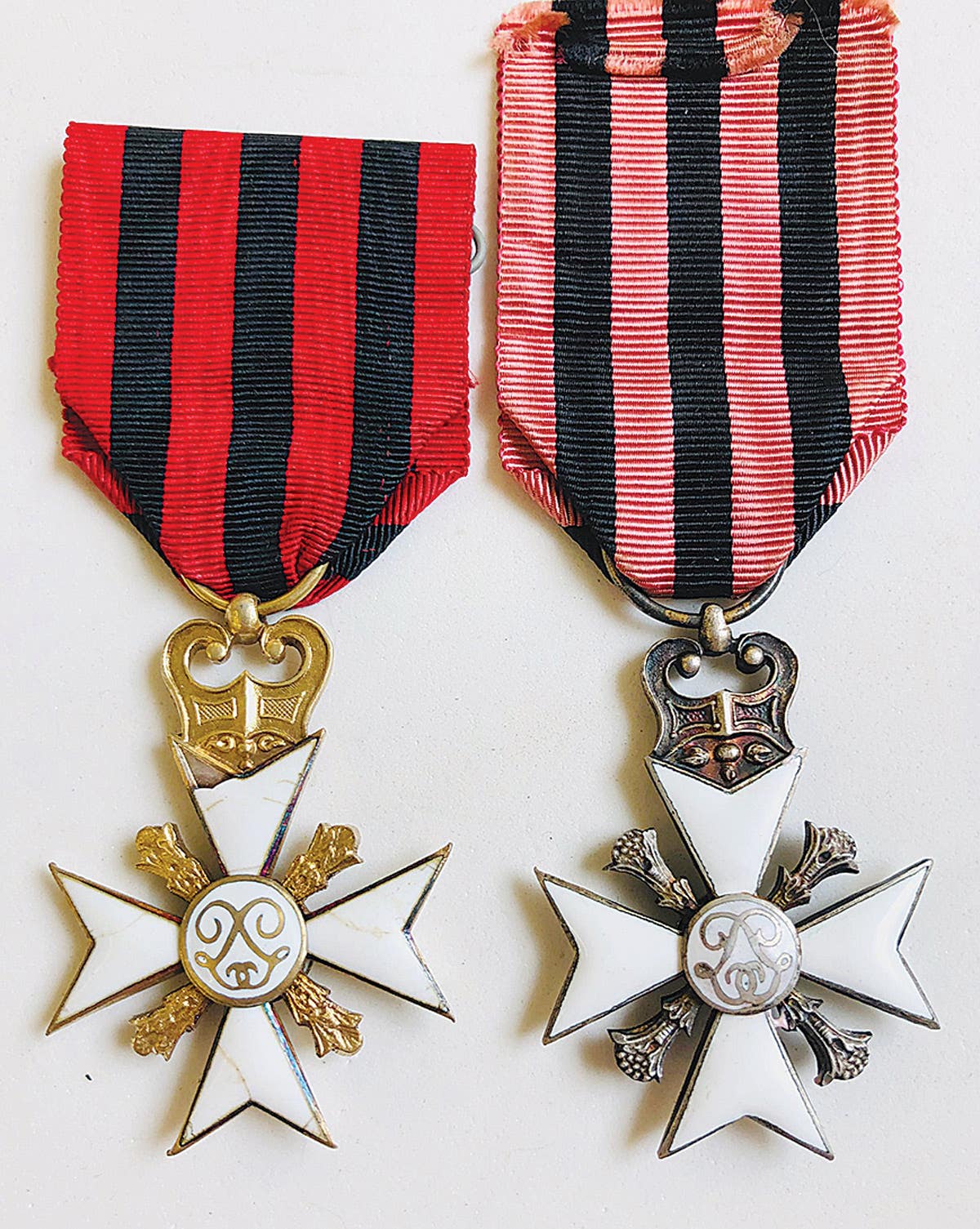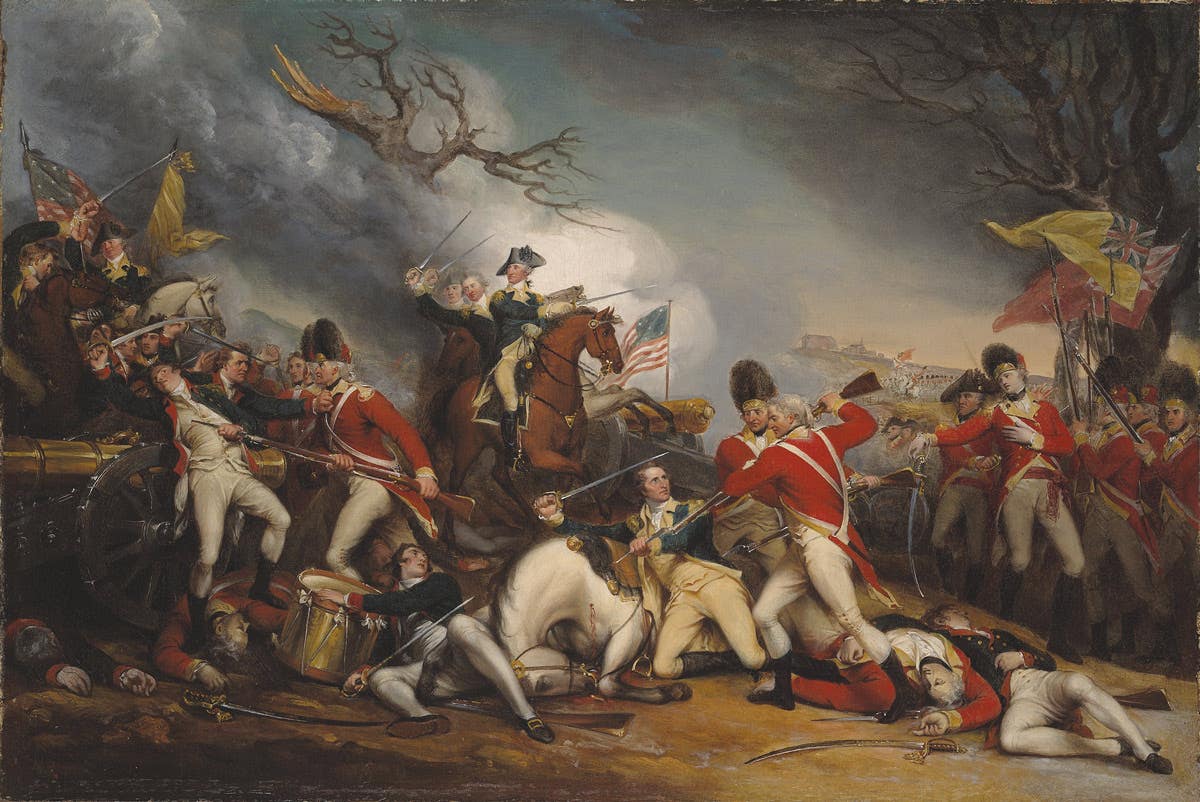Silk in Service
By Chris William Throughout the years, countless US soldiers, sailors, airmen, and Marines left their families and friends to travel across the globe in order to insure the freedom of…
By Chris William
Throughout the years, countless US soldiers, sailors, airmen, and Marines left their families and friends to travel across the globe in order to insure the freedom of their country. As many of these young men and women were away from home for the first time, they corresponded with family and friends and sent home small souvenirs to commemorate the places and events the service members were experiencing. Some of the most colorful (and flamboyant) examples of these curiosities were the silk and other fabric creations hand-made by local crafts people or massed-produced for purchase at or near military bases.
Silk souvenirs centering around patriotism and military life began in the later 19th century when exotic materials became more readily available. Printing techniques further advanced making it possible to manufacture inexpensive items to meet the wants of young soldiers and sailors. When WWI stormed across Europe, silk was joined by wool, cotton, and other materials in the construction of a myriad of pillow and handkerchief cases, small banners, handkerchiefs, embellished postcards, and many other items that returning doughboys purchased as remembrances of their service. Items could range from cheaply printed commercial pieces to elaborate, one-of-a-kind, hand-sewn creations.
During the Second World War, military bases filled with new recruits training for the battle fields of Europe and Asia. Souvenirs featured patriotism as the main theme on silk, artificial silk, and other fabric pieces, showing colorfully rendered planes, ships, armor, and infantry — most surrounded by fringed edges. These were often sent home in cardboard envelopes or small boxes, printed with places for names, addresses, and postage (if required). In foreign nations, local artisans supplied soldiers with a variety of material art, often as soon as the fighting stopped and their business of making a living could be resumed.
The artistic peoples of the China, Burma, and India (“C.B.I.”) theatre of operation produced some of the most colorful and unusual items, incorporating their own flare. Theirbrightly decorated souvenirs usually feather exotic, hand-embroidered themes.
After WWII, the production and sale of silk like items continued as the Korean, then the Vietnamese Wars raged in the East.Jets now replaced propeller-driven on the printed pillow cases, table silks, and other bits and pieces of art work. The southeastern Asian culture and art forms were reflected in the jackets and robes, and additional objects now being sent home in the mail or stuffed into G.I. duffel bags.
Because of the millions of examples that were produced and sold over the last 100 plus years, fabric souvenirs are fairly common. Generally, they tend to be quite inexpensive. Though shunned by some as being tacky and tasteless by today’s standards, they do represent the youthful interests of our valiant young men and women. These pieces add a colorful and vibrant addition to any historical military display.
Chris William has been a long-time member of the collecting community, contributor to Military Trader, and author of the book, Third Reich Collectibles: Identification and Price Guide.
"I love to learn new facts about the world wars, and have had the good fortune to know many veterans and collectors over the years."
"Please keep their history alive to pass on to future generations".



